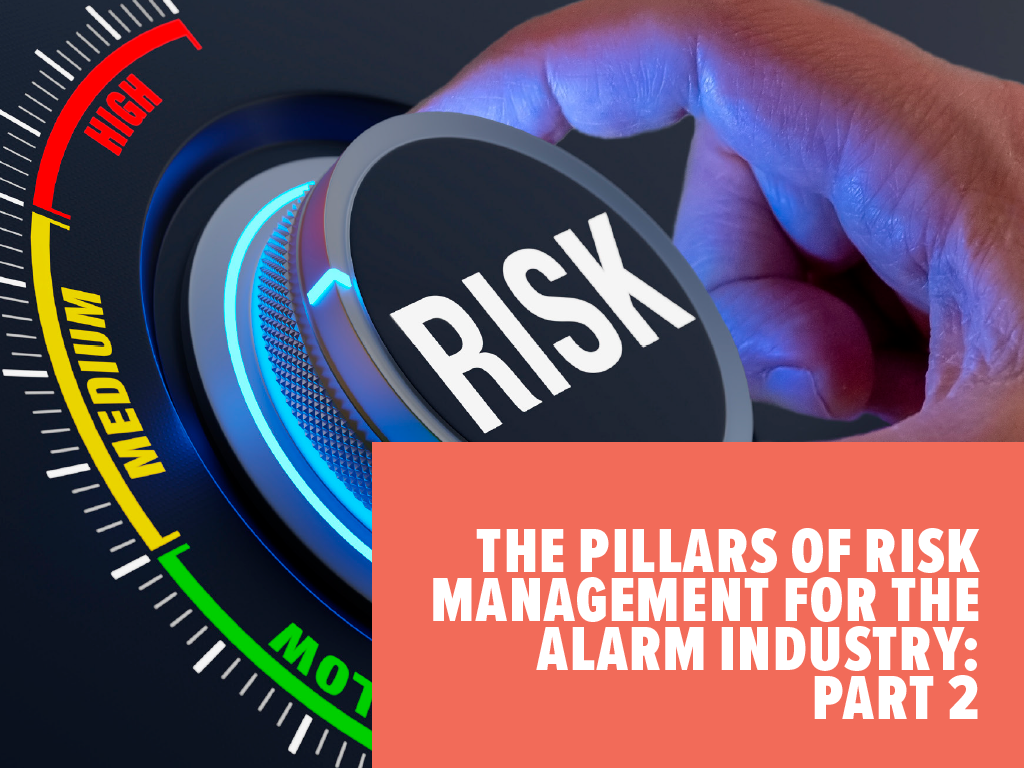Gas Prices Are Higher By Design – Why?

Back in 1908, Henry Ford introduced the Model T to the world. The first “affordable” car that would help fuel the creation of the middle class and transform our economy. Do you recall from history books when everyone took their favorite horse Buttercup to the auction yard right after the Model T hit the roads? Neither do I. Because it didn’t happen overnight. It was a slow transition from carriages to cars. The market set the timelines, not government intervention.
When President Joe Biden took office, he immediately halted production of the Keystone pipeline, and while this was not a direct cause for gas price increases, they did go up and continue to increase to this day. Part of the economic reason for this is simple supply and demand. When the multi-trillion-dollar COVID relief packages were passed, it pumped trillions into the economy. This money was designed to help people continuing to hurt from the impact of the prolonged government forced shutdowns. Some of the money went to those people. But a large sum went to those who just took advantage of the handout. Despite where the money went, this huge increase in money in the economy fueled demand, which caused the supply chain issues and the dominos began to fall from there.
One of those economic dominos was gas prices. The stimulus created the increase in gas and diesel demand, which came when consumers started to commute and travel again. This caused supplies to get low, so the supply/demand law hit fuel prices. In this case, higher demand with constricted supply accelerated gas price increases.
Whether you feel climate change is caused by humans or not, the Biden administration is pushing forward with initiatives that will disincentivize people from gas-powered vehicles to electric vehicles (EV). This along with other green energy initiatives are fine to help our environment, but they should be done in concert with market forces. When more people want EVs, the market will respond and create more and lower-cost EVs. When that happens, more people will buy EVs. That is how our markets should work. But the current administration seems to be injecting policies designed to slow oil and refinery production because they are purposely trying to force the market (consumers) to EV and other green initiatives.
As a point of reference, in January 2020 (two months before COVID lockdowns began), the US produced, 12.8 million barrels of oil. In January 2022, after all the stimulus and the economy came roaring back with consumer demand nearing all-time highs, the US produced just over 11.3 million barrels of oil1. That is a 1.5-million-barrel decrease in production despite high demand. That was the intent all along. The Biden Administration has openly discussed this, so it is not conspiratorial to suggest this as an intended policy initiative.
Many of these initiatives to restrict oil and gas production have come through regulatory policies. It cannot be overstated how much impact regulations have on the economy with virtually no congressional oversight. Halting new permits on oil leases and instituting new EPA rules that increase the cost of compliance are just two examples that serve to restrict supply when demand is increasing. The result is higher gas prices, which forces consumers to drive less. That is what they want.
Just like farmers and ranchers in 1908 who were not about to take good ol’ Buttercup to the horse auction because Henry Ford rolled out his Model T, today’s consumers are not rushing to EVs until they are ready. Forcing market conditions on consumers before they are ready never works out well for politicians, especially when they make decisions designed to increase prices as a means to change consumer behavior.




